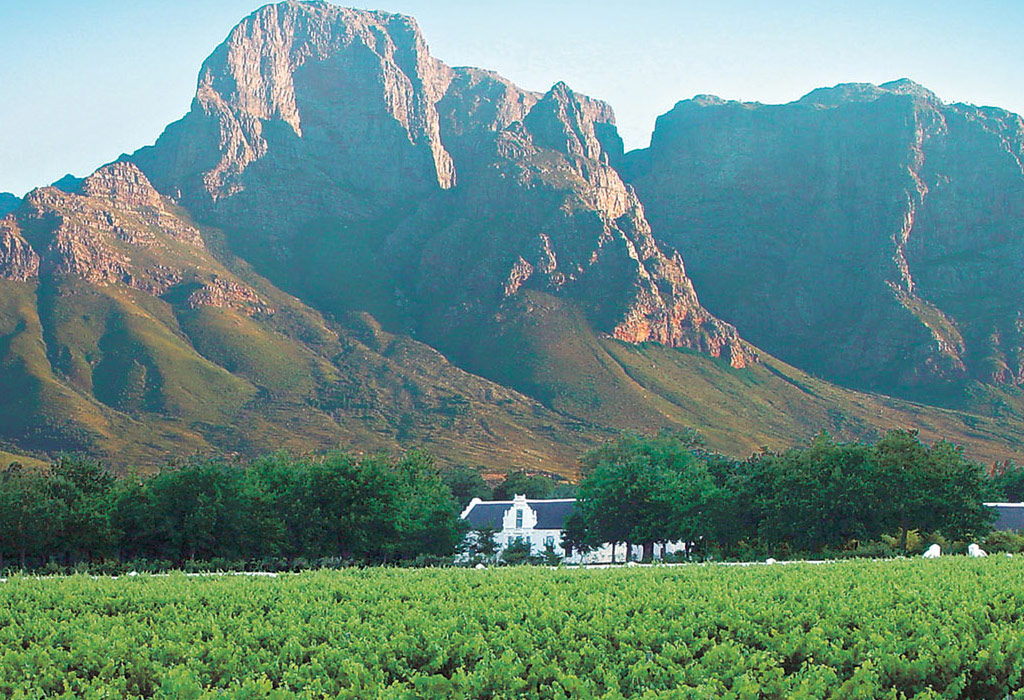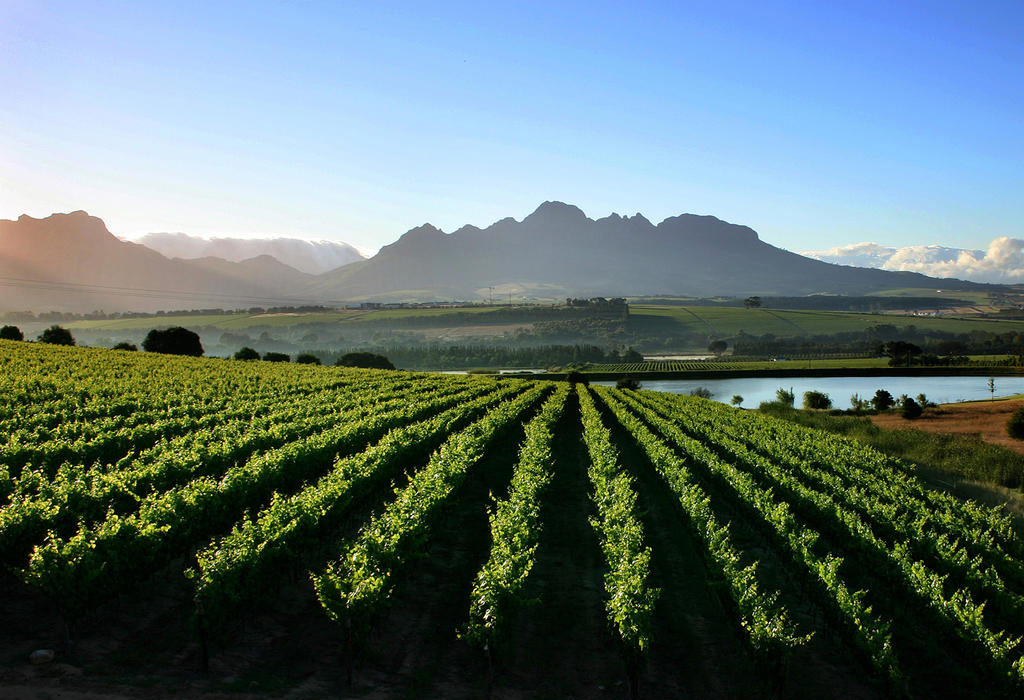Latest Tours

Stars
Cape Winelands
Visit the main wine producing areas of South Africa in Stellenbosch / Franschhoek.
<
Full Day Tour
(Stellenbosch/Franschhoek)
- Visit the main wine producing areas of South Africa.
- Visit historic town of Stellenbosch.
- Wine tastings on wine estates. Cellar tour also available.
- Visit picturesque Franschhoek surrounded by striking mountains.
- More shopping/browsing in shops unique to this town.
- Some of the worlds finer wines can be purchased at probably the best prices during this tour.
<
Fees exclude lunch costs (Lunch at a reputable restaurant)
| Entrance Fees | Yes |
| Transport | Yes |
| Wine Tastings | Yes |
| Full Day | Yes |
Franschhoek
Stellenbosch
Franschhoek ("French Corner", (Dutch spelling before 1947 Franschen Hoek) is a small town in the Western Cape Province and one of the oldest towns of the Republic of South Africa. It is about 75 kilometres from Cape Town and has a population of 15,353. Since 2000 it has been incorporated into Stellenbosch Municipality. The valley was originally settled in 1688 by 176 French Huguenot refugees, many of whom were given land by the Dutch government in a valley called Olifantshoek ("Elephants' corner"), so named because of the vast herds of elephants that roamed the area. The name of the area soon changed to le Coin Français ("the French Corner"), and later to Franschhoek (Dutch for "French Corner"), with many of the settlers naming their new farms after the areas in France from which they came. La Motte, La Cotte, Cabrière, Provence, Chamonix, Dieu Donné and La Dauphine were among some of the first established farms — most of which still retain their original farm houses today. These farms have grown into renowned wineries. Many of the surnames in the area are of French origin, e.g. Du Toit, Marais, Du Plessis, Malan, Malherbe, and Joubert.
Stellenbosch is a town in the Western Cape province of South Africa, situated about 50 kilometres (31 mi) east of Cape Town, along the banks of the Eerste River. It is the second oldest European settlement in the province, after Cape Town. The town became known as the City of Oaks or Eikestad in Afrikaans and Dutch due to the large number of oak trees that were planted by its founder, Simon van der Stel, to grace the streets and homesteads. The town was founded in 1679 by the Governor of the Cape Colony, Simon van der Stel, who named it after himself — Stellenbosch means "(van der) Stel's Bush". It is situated on the banks of the Eerste Rivier ("First River"), so named as it was the first new river he reached and followed when he went on an expedition over the Cape Flats to explore the territory towards what is now known as Stellenbosch. The town grew so quickly that it became an independent local authority in 1682 and the seat of a magistrate with jurisdiction over 25,000 square kilometers (9,700 sq mi) in 1685. The Dutch were skilled in hydraulic engineering and they devised a system of furrows to direct water from the Eerste Rivier in the vicinity of Thibault Street through the town along van Riebeeck Street to Mill Street where a mill was erected. Early visitors commented on the oak trees and gardens. During 1690 some Huguenot refugees settled in Stellenbosch, grapes were planted in the fertile valleys around Stellenbosch and soon it became the centre of the South African wine industry. In 1710 a fire destroyed most of the town, including the first church, all the Company property and twelve houses. Only two or three houses were left standing.When the church was rebuilt in 1723 it was located on what was then the outskirts of the town, to prevent any similar incident from destroying it again. This church was enlarged a number of times since 1723 and is currently known as the "Moederkerk" (Mother Church). The first school had been opened in 1683 but education in the town began in earnest in 1859 with the opening of a seminary for the Dutch Reformed Church. Rhenish Girls' High School, established in 1860, is the oldest school for girls in South Africa. A gymnasium which was known as het Stellenbossche Gymnasium was established in 1866. In 1874 some higher classes became Victoria College and then in 1918 University of Stellenbosch. The first men's hostel to be established in Stellenbosch was Wilgenhof, in 1903. In 1905 the first women's hostel to be established in Stellenbosch was Harmonie . Harmonie and Wilgenhof were part of the Victoria College. In 1909 an old boy of the school, Paul Roos, captain of the first national rugby team to be called the Springboks, was invited to become the sixth rector of the school. He remained rector till 1940. On his retirement the school's name was changed to Paul Roos Gymnasium. In the early days of the Second Boer War (1899–1902) Stellenbosch was one of the British military bases, and was used as a 'remount' camp; and in consequence of officers who had not distinguished themselves at the front being sent back to it, the expression 'to be Stellenbosched' came into use; so much so, that in similar cases officers were spoken of as 'Stellenbosched' even if they were sent to some other place.
ReviewsRead other people opinions
Write Your Own review











